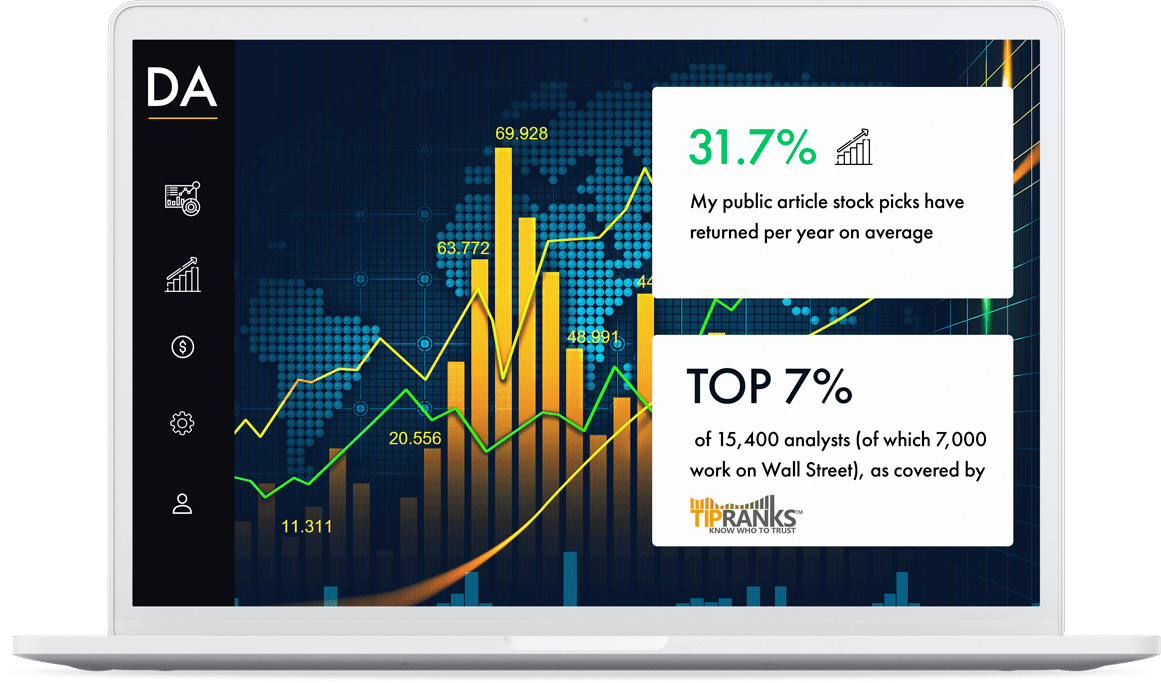Dividend investing is a great way to grow your wealth. The companies you own send regular dividend checks to you, if the business keeps performing well. It is a real cash return, that you can do with as you please. However, by postponing spending the dividend cash, we can grow our wealth and dividend income even faster. I am talking about reinvesting dividends back into companies that pay us dividends. This is the real wonder of compound interest. Our money already earned through investing, will work for us to create even more money. Reinvesting dividends is a powerful tool to super-charge your dividend growth and build your wealth.
My plan is to retire in 2026 and live off dividend income. By that time, I will stop re-investing and start to withdraw the dividends I receive to my bank account. But right now, I don’t need the dividends to fund my expenses. Therefore, I am reinvesting the money I get from the companies I own. That will help me receive more dividend income by the time I retire.
The Power of ReInvesting Dividends

Using our Dividend Growth Calculator we can see the impact of dividend growth and reinvesting on future dividend income.
The difference in income with and without reinvesting dividends is staggering on the 15 year time frame.
On the blue line, the dividend income still increases due to dividend raises from the company (3% raises). The $100000 investment that produces $5000 in dividend income in Year 1, will generate $7563 in Year 15 thanks to those raises.
However, on the yellow line the dividend income growth is on a different level. The dividend is growing through dividend raises AND dividend reinvesting. The combination of the two factors raises the initial $5000 dividend income in Year 1 to a whopping $14686 per year by Year 15.
The difference comes from owning more shares and a larger piece of the business through reinvesting. By continuously investing the dividends back into the company, you own more shares in the business. As a holder of more shares, you get a bigger payout.
If you choose to withdraw the dividends, you will own the exact same amount of shares. Let’s say the $100000 gets you 1000 shares.
By reinvesting the dividends, you would own 1942 shares by Year 15.

Re-investing would almost double the amount of shares you own. It would require no additional investment from you. Just putting the money already earned back to work for you.
That is the power of dividend reinvesting.
Automatically ReInvesting Dividends
The easiest way to reinvest your dividends is to use what is called a DRIP.
DRIP stands for Dividend ReInvestment Plan.
A DRIP invests your dividends automatically back into the business that paid them out to you.
If you use an online brokerage (I use Interactive Brokers) it’s really simple to turn on the “DRIP”. If you go to your account settings, there is an option for you to either receive the dividends in cash, or let them be automatically reinvested.
When you choose the reinvesting option, the amount you were supposed to receive in cash gets directly invested into new shares of the same company.
Benefits of using the DRIP:
- your wealth automatically compounds as new shares get bought without your involvement.
- reinvesting your dividends is usually commission-free, so you don’t have to pay anything for that investment.
- you don’t have to worry about trying to find the best time to buy – your dividends get reinvested throughout booms and busts
Cons of using the DRIP:
- The major downside with DRIP’ing is that you give up the optionality. Dividends get reinvested no matter what the price.If the stock is currently overvalued you are not getting the best deal. There might be better valued stocks in your portfolio or watchlist. That dividend money could therefore be better deployed elsewhere.
Manually ReInvesting Dividends
Second option to reinvest your dividends, is to do it yourself. Just wait until the dividends received accumulate and then manually buy shares for that amount. There is a bit more portfolio management involved with this amount, but it gives more flexibility when it comes to dividend reinvestment. You can use the dividend money to invest in companies that you don’t have in your portfolio yet. It also allows you to add to an investment in your portfolio that you feel is currently attractively valued.
Pros of reinvesting manually:
- You have the flexibility to invest in whatever company you like at whatever time you choose.
- It allows you to use the dividend money to take advantage of the most attractive opportunities at the time.
Cons of reinvesting manually:
- It requires more active work to manage your portfolio by directing the dividend money to other investments.
- By making more investing decisions with your funds, you are more prone to making errors.
- You need to pay a commission if you manually reinvest your dividends.
My Personal Plan
Personally, I manually reinvest dividends. As I am building out my portfolio I like the optionality. I can use the dividend money received to build out my portfolio the way I see fit. By reinvesting manually, I also avoid reinvesting at a valuation that is too high by my criteria. It allows me to make the most of opportunities presented by the market. There is more active work required than using the DRIP. However, it’s the style that fits my personal investing plan the best.
I still get the fantastic benefits of reinvesting, just at my own terms.
Summary
The power of reinvesting dividends is clear.
It super-charges the returns on your dividend investments. The effectiveness of reinvesting lies in your dividend income passively increasing your ownership in companies. This can be done automatically through the DRIP or by manually reinvesting the dividends where you see fit.
It doesn’t matter that much which option you choose. However, it is absolutely crucial that you reinvest your dividends until you need the dividend money to live off. It will boost the future income meaningfully. It’s also a fantastic feeling to see your investments work hard for you. Not only to create income for you, but to increase your ownership in great companies.
Disclaimer: This is NOT a recommendation to buy or sell any shares. You can lose your invested capital.I am not responsible for the accuracy of any of the data presented in the article. I am not a financial professional of any kind. Any stock transactions or analysis published should NOT be considered to be investing recommendations. Before making any investing or financial decisions, you should contact an appropriate professional.This website should be viewed for entertainment purposes only.









